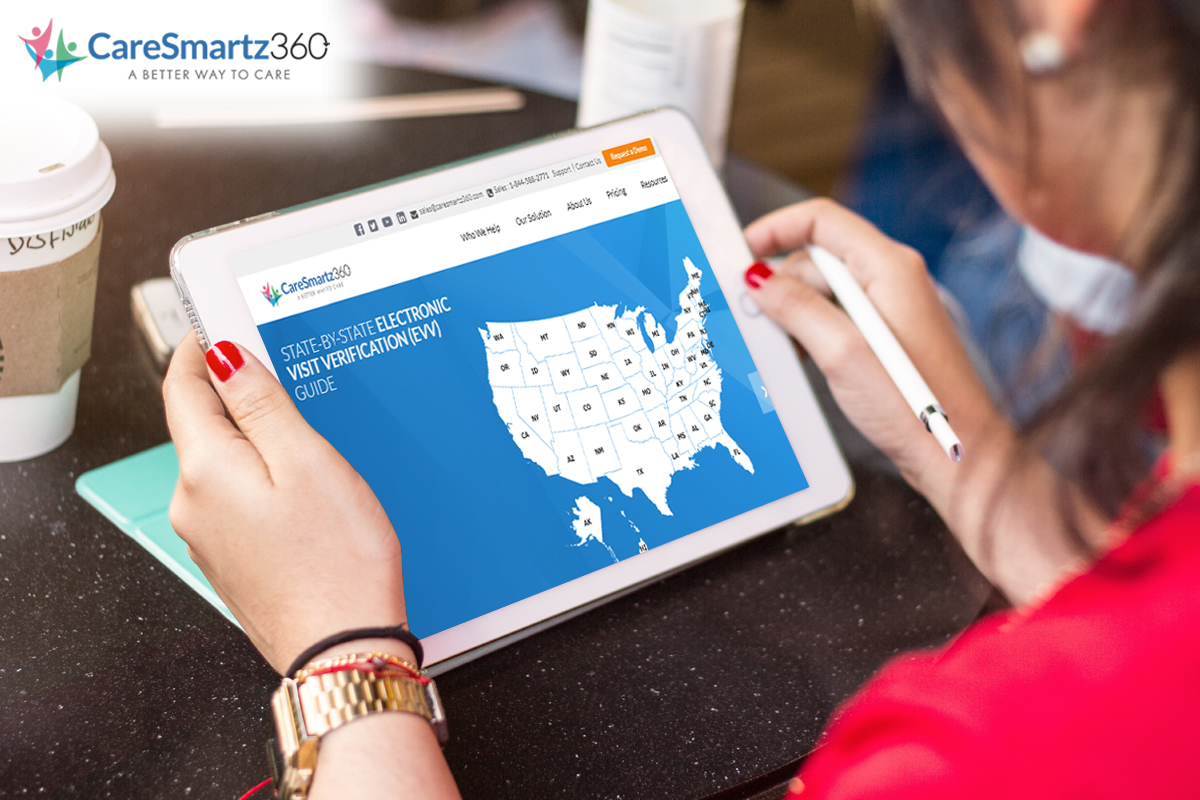What’s the Importance of the 21st Century Cures Act for the Home Care Industry?

Cures Act Impact on Home Care & Beyond…..
The Electronic Visit Verification (EVV) system has much to do in line with this latest aforementioned act, especially by means of its imposed Section 12006(a). The act was set in place by President Obama at the very end of the year 2013, just in December of that year. The influence is in such a way that certain U.S. states handle their home care like it can relate the patient, agency, or the provider.
And to further state, a direct result of the Cures Act, the U.S. Secretary of Health and Human Services is now essentially required to collect and then disseminate, by the best means and practices possible, to all State Medicaid Directors according to the needs. This is all with respect to training all those who are approved to hold PCS, HHCS, or perhaps even both, on their own safe and efficient use of and management of the HVV. It is also applicable to attempts at fraud prevention and its awareness.
Further Details
To add, HHCS services (home health services under Medicaid) are affected. As are PCS services (personal care services under Medicaid). The Act keeps a record of the home care provider requirements and in-home visits, at length.
Furthermore, in the way of PCS provisions for Section 1115, not to mention a few other sections like the subsections of 1915 and 1905, the act carries an impact and influence overall. It does no less the same under HHCS provision 1905(a)7 by means of the greater Social Security Act.
In addition, 1903(1) got added on to the aforementioned SS Act, officially mandating (without alternative) EVV for the state in-home care with relation to PCS or HHCS. Moreover, the Cures Act has influenced good health care/home care for those who expected flexibility, mainly states, in how they could create and provide their policies, thereby (in a sense) giving the states and, thus, ultimately, the people, what they really wanted.
21st Century Cures Act Importance – Final Thoughts
Yet at the same time, it has also implemented the laws even further, ensuring that those who fall under such categories mentioned, based on state factors and more, have no other options and must comply.
Because of the Cures Act, any of the Medicaid-funded PCS’s or HHCS’s whatsoever must use EVV. The expectation is that those with PCS have transferred over to EVV by no later than January of next year (2020). Also, for those on HHCS, the deadline is for the same month, but three years following (in 2023). (Source: medicaid.gov).
And the impact that this further carries on states that fail to comply is dangerous. These are subject to major reductions or cuts in their FMAP.
The Cures Act permits the EVV to be rolled out in “parts” or “phases,” sequentially. States have many options with that.
In summary, this has been our analysis, what the Cures Act is, how we feel about the Cures Act, and why it’s relevant. Take careful note of the changes made to it in the months to come. Contact us or give us a call where you can learn more.

